ETIP #309
The Role of Virtual Reality in College and University Recruiting
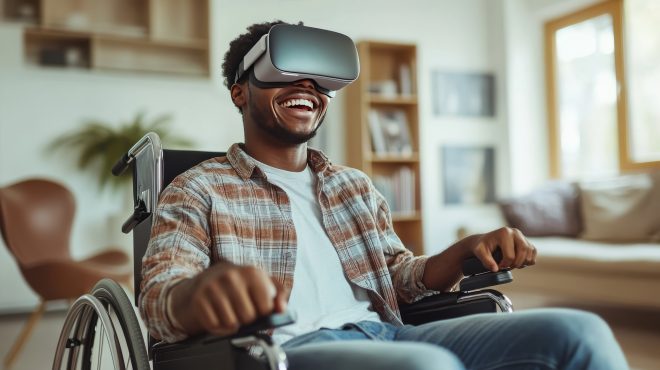
Virtual Reality (VR) technology is revolutionizing the way colleges and universities recruit students. By offering immersive, interactive experiences, institutions can engage prospective students in unique and compelling ways. Here are some ideas for how to incorporate VR into the modern recruitment process.
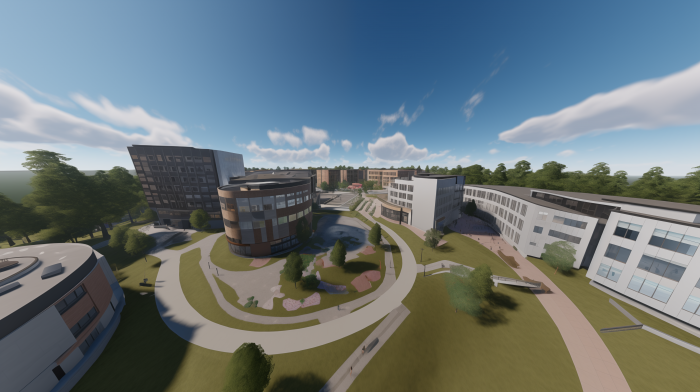
Virtual Campus Tours
One of the most popular applications of VR in college recruiting is the virtual campus tour. Research shows that students who conduct a campus tour are 85% more likely to apply to that college than students who did not do so. Universities leveraging VR tools have also seen up to a 30% increase in physical campus visits, which directly correlates with higher enrollment rates.
Virtual tours allow prospective students to explore campuses from anywhere in the world, providing a realistic sense of what it’s like to walk through the campus, visit dorms, and enter classrooms. This is especially beneficial to students who live out of state or abroad and saves them the time and cost of travel to visit the campus. Guided tours can also be conducted by students or faculty from any location without having to actually be on campus which creates a greater level of flexibility in scheduling such tours.
Universities often have unique features that are difficult to convey through traditional media. VR can highlight these aspects effectively, whether it’s a state-of-the-art research facility, beautiful natural surroundings, or a key landmark building. Read more about creating a VR campus “digital twin” in our updated 2024 virtual reality in education roundup article.
National University in California is launching a virtual campus that will allow students to explore a digital version of the university, including academic buildings and recreational spaces, all through VR. This initiative aims to provide a more interactive and engaging experience for students, enhancing both recruitment and learning by bringing the feel of a traditional campus to the digital world.
Institutions can also offer personalized VR experiences tailored to individual interests. For example, a prospective engineering student could be given a tour specifically focused on the engineering department, labs, and related facilities. Each university can customize these experiences to best reflect their top performing degree programs.
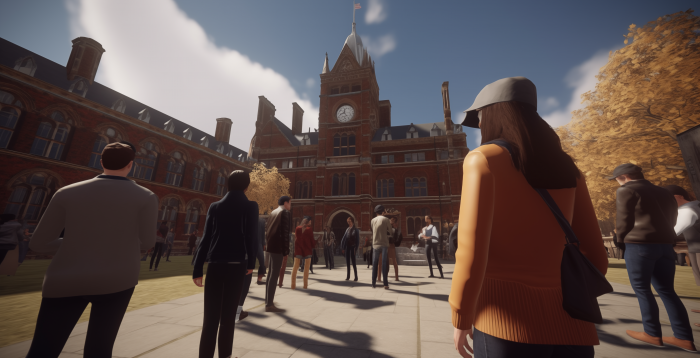
Virtual Open Houses and Fairs
VR can also be used to host virtual open houses and college fairs. This allows prospective students and their families to more directly interact with faculty, current students, and admissions officers in a virtual space through more detailed discussion, Q&A, or even a photo op with the school mascot in VR. Such events can be made more special than a standard tour by including scripted presentations and 3D recordings of the college president and key professors to welcome them. Once again, saving the time and money necessary to have such an experience in person. This is especially beneficial for universities that aren’t near a major airport or require a significant drive to reach. Now even the most remote universities can more effectively compete for students by producing a VR open house.

Showcasing Advanced Learning Capabilities
VR can easily simulate a real classroom experience, but where it really shines is transporting users to places they can’t go in real life, like a working ventricle of the human heart or a walkable recreation of an ancient city.
Nova Southeastern University (NSU) is using Virtual Reality to enhance the educational experience for its medical students, particularly at its Dr. Kiran C. Patel College of Allopathic Medicine. The VR technology is integrated into various aspects of the curriculum, including anatomy, surgery, and patient interaction simulations. This allows students to engage in realistic, immersive environments where they can practice procedures, explore complex anatomical structures, and even participate in virtual patient encounters, all in a controlled and safe setting.
VR can also allow prospective students to travel back in time to stand in the audience as MLK delivers his “I have a dream” speech, or venture to ancient Greece and sit in on a philosophy class taught by Plato himself.
Imaging interacting with an AI avatar — created with the look and voice of the real person — and asking them any question. Imagine having a conversation with Rosa Parks, or Nikola Tesla, or Neil Armstrong during a college recruitment event. What a great experience!
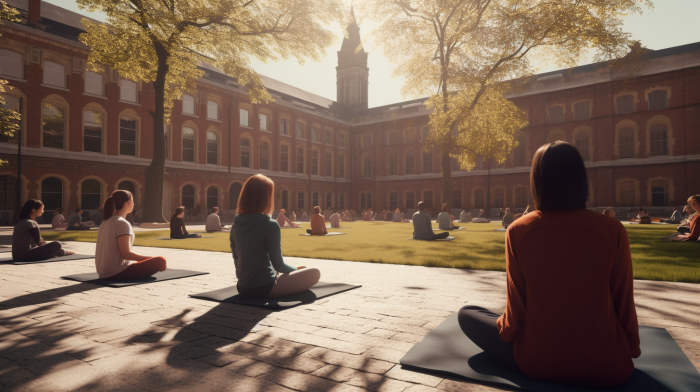
Exploring Student Life
Through VR, institutions can showcase various aspects of student life, including clubs, organizations, and extracurricular activities. Prospective students can experience a day in the life of a current student, attend a virtual club meeting, or watch an on-campus sporting event. This is especially important for online and remote students who sometimes do not feel connected to the college and need to feel more part of the campus. We find that the students come up with new ways to leverage a digital campus organically, the way they want, even if they are not planned, such as “meditation mondays” or “2am study sessions”. Creating a location that can grow and adapt organically is the best kind of system for future growth.
Beyond Recruitment
Colleges and universities are also using VR to engage alumni and donors by showcasing how their contributions can transform the campus and student experiences through virtual reality models. This not only provides the ability to visualize the impact of their donations, but can lead to increased contributions. Such experiences can also help alumni feel more connected to their alma mater overall. Learn more about the ways in which universities are using VR.
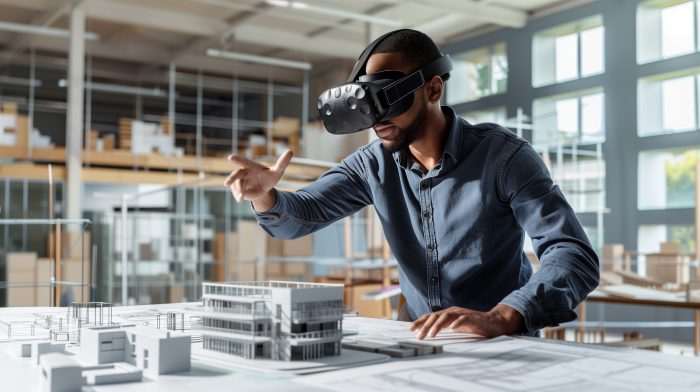
Start Your VR Higher Education Journey
Virtual Reality is transforming higher-ed recruitment and increasing overall learning and retention by making it more engaging, accessible, and personalized. If you’re not sure where to start, check out our article on the State of VR in Higher Ed. Now is the perfect time to jump on this accelerating trend. Education is one industry that stands to transform most dramatically thanks to VR technology.
